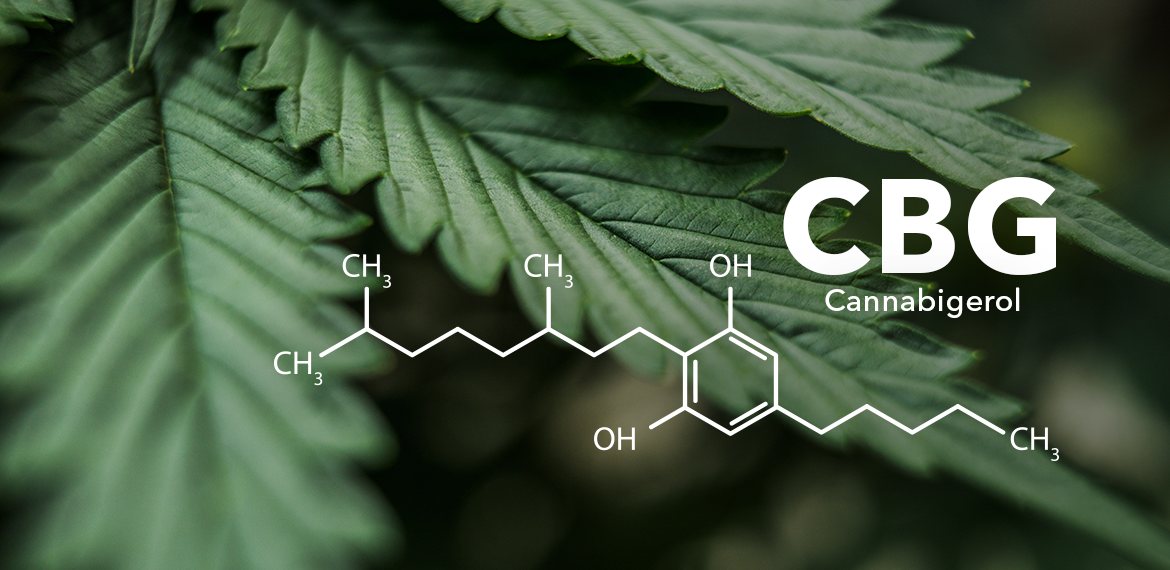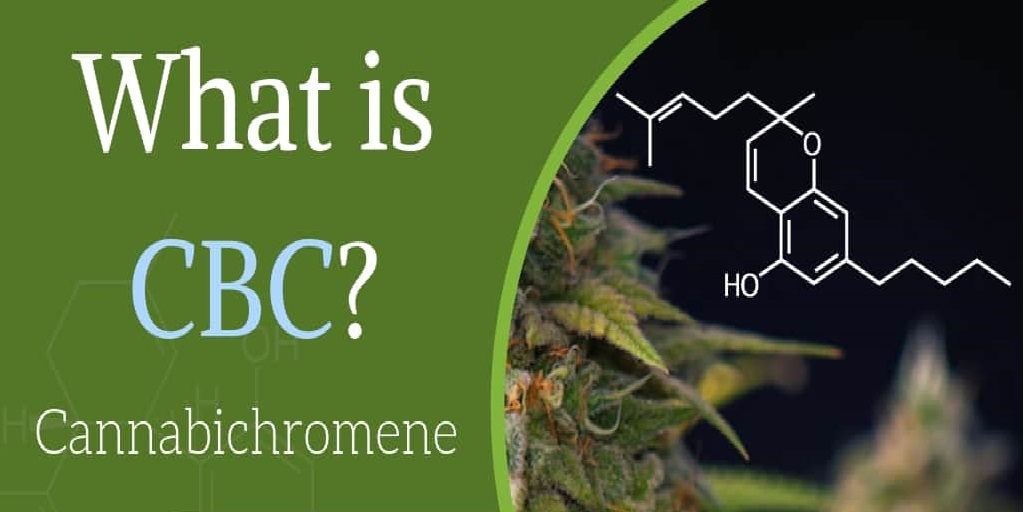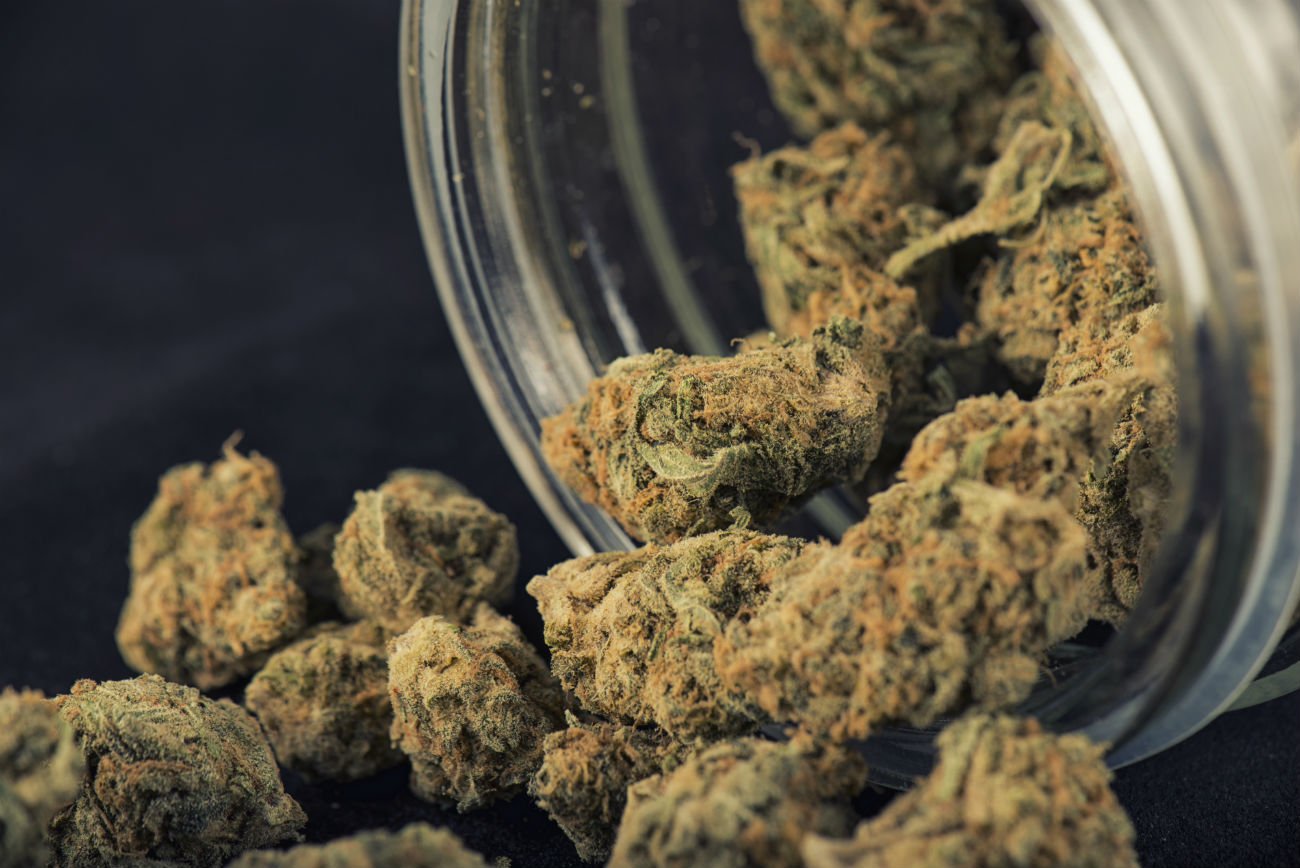CBG
Cannabigerol (CBG) is a type of cannabinoid obtained from the cannabis plant. It’s often referred to as the mother of all cannabinoids. This is because other cannabinoids are derived from cannabigerolic acid (CBGA), an acidic form of CBG. Other more common cannabinoids obtained from cannabis plants include cannabidiol (CBD) and tetrahydrocannabinol (THC). CBG is found in smaller quantities than other cannabinoids in cannabis plants. In most strains of the plant, only 1% of CBG can be found compared to 20 to 25% of CBD or 25 to 30% of THC. This makes consumer products derived from the cannabinoid rare and often expensive. However, CBG is growing in popularity because of the many potential benefits the cannabinoid offers.
How CBG Is Made
CBG is derived from young cannabis plants, which contain higher amounts of CBG than fully developed plants. Some strains of cannabis, such as White CBG, Super Glue CBG, and Jack Frost CBG, also have higher CBG content than other strains. These strains are specifically cultivated to produce higher quantities of CBG. Both CBD and THC start as CBGA, an acidic form of CBG. This is why younger cannabis plants contain higher concentrations of CBG. In fully developed plants with high concentrations of THC and CBD, you’ll find very low concentrations of CBG. This happens because most of the CBG has already been converted to CBD and THC as the plant developed. Due to the difficulty of getting CBG, cannabis growers have been experimenting with cross-breeding and genetic manipulation to help cannabis plants produce more CBG.
How CBG Works
CBG is processed by the body’s endocannabinoid system. The endocannabinoid system is made up of molecules and receptors in our bodies that are responsible for keeping our bodies in an optimal state regardless of what’s going on in our external environment. In our bodies, CBG imitates endocannabinoids, the natural compounds our body makes.

Cannabinoid Receptors in the Body
Our body contains two types of cannabinoid receptors—CB1 and CB2. CB1 receptors are found in the nervous system and brain, while CB2 receptors are located in the immune system and other areas of the body. CBG works by binding to both receptors where it’s thought to strengthen the function of anandamide, a neurotransmitter that plays a role in enhancing pleasure and motivation, regulating appetite and sleep, and alleviating pain. Unlike THC, CBG has no psychotropic effects, so it will not give you a high.
Potential Benefits of CBG
Like CBD, CBG has been used to combat pain without the intoxicating effect of cannabinoids like THC. Research shows that CBG also can have therapeutic effects. However, human studies are sparse, and more research is needed. Some promising animal studies show that CBG might help in treating some medical conditions.
Lately we’ve been hearing more and more about cannabinoids, especially THC and CBD. But you’ve probably never heard of cannabichromene, also known as CBC. Discovered over 50 years ago, CBC is considered one of the six outstanding cannabinoids in medical research. It doesn’t get the same attention as other cannabinoids, but the benefits of the cannabinoid CBC are extremely promising.
CBC has the same origins as THC and CBD, all of which are derived from cannabigerolic acid (CBGA). Cannabis plants produce CBGA, the precursor to three main cannabinoids: tetrahydrocannabinolic acid (THCA), cannabidiolic acid (CBDA), and cannabichromene carboxylic acid (CBCA).
For CBC, it converts from CBGA to cannabichromene carboxylic acid (CBCA), and then finally to CBC after exposure to heat or ultraviolet light.

What is CBC?
Cannabichromene belongs to the family of organic compounds known as cannabinoids. Contained in hemp and different varieties of marijuana, CBC is synthesized after CBCA is exposed to heat and light. However, it is different from most cannabinoids because it has a low affinity for our CB receptors. Instead, CBC binds to TRPV receptors involved in the perceptions of temperature changes and other stimuli at the cellular level. Although CBC can bring benefits individually, most studies have examined the effects of CBC along with other cannabinoids such as CBD and THC. Cannabichromene shows excellent synergy with other cannabinoids, but despite being an important compound within the biological structure of Cannabis sativa, it is only produced in small amounts.
CBC does not cause intoxication, it does not produce euphoria, like THC. The reason it is not intoxicating is that it binds poorly to CB1 cannabinoid receptors in the brain. But CBC does bind to other receptors in the body, such as vanilloid receptor 1 (TRPV1) and transient potential ankyrin receptor 1 (TRPA1), both of which are linked to pain perception. When CBC activates these receptors, elevated levels of the body’s natural endocannabinoids, such as anandamide, are released.
CBC has separate benefits, but researchers also believe it works in synergy with other cannabinoids, a term known as the entourage effect. This effect of THC working together with CBD is well known, but it is not known whether other cannabinoids also have an entourage effect.
Cannabichromene has been shown to block the pain and inflammation associated with osteoarthritis. Cannabinoids such as CBC act on inflammation differently than nonsteroidal anti-inflammatory drugs (NSAIDs) and do not have the side effects of these drugs. In another example of an entourage effect, CBC in combination with THC had a significant anti-inflammatory response in an animal study: together, the two cannabinoids produced a much greater effect on inflammation than separately.

CBC Research
The benefits that CBC would have have far-reaching implications. Below are some medical conditions that can be alleviated by cannabichromene.
Cancer
Cannabichromene may be a powerful cancer fighter, and the reason might be its interaction with the body’s natural endocannabinoid, anandamide. CBC also appears to inhibit the uptake of anandamide, allowing it to remain longer in the bloodstream.
A recent study in which tumor growth was initiated in mice (two-stage mouse skin carcinogenesis model) showed cannabinoids might be effective in inhibiting both inflammation and tumor growth. Since anandamide has been shown to fight breast cancer in vitro and in vivo, this shows promise that CBC and other cannabinoids might one day be a chemopreventive agent.
CBC as a potential cancer fighter was first published in a 2006 study that looked at cannabinoids other than THC and their possible effects on cancer. While THC is known for its anti-tumor properties for several different forms of cancer, its powerful psychotropic qualities can make it difficult for chemotherapy use. So far, research has found CBC to be the second-most-potent cannabinoid at inhibiting the growth of new cancer cells (CBG was the most potent).
Pain and Inflammation
Cannabichromene has been shown to block pain and inflammation associated with collagen-induced osteoarthritis. Cannabinoids like CBC act on inflammation differently than non-steroidal anti-inflammatory drugs (NSAIDs) do, and don’t have the side effects of these medications. In another example of the entourage effect, CBC in combination with THC had significant anti-inflammatory response in a recent animal study; together, the two cannabinoids produced a much greater effect on inflammation than by themselves.
Brain Cells
In a 2013 mouse study, CBC had a positive effect on neural stem progenitor cells (NSPCs), a cell essential to healthy brain function. NSPCs became more viable when in the presence of CBC, and that shows promise because NSPCs differentiate into astroglial cells, the most important cells for maintaining brain homeostasis. The astroglial cells perform a whole host of functions, including neurotransmitter direction and defending against oxidative stress. Astroglia counteract many of these issues—oxidative stress, inflammation, toxicity—that create neurological diseases and brain pathologies like Alzheimer’s disease.
Acne
A research team that had previously shown CBD’s effect on acne studied other cannabinoids, including CBC, for the same effects. Indeed, CBC was shown to be a powerful inhibitor of acne. As a skin disease, acne is characterized by excess sebum production and sebaceous gland inflammation. It turns out that CBC exhibited powerful anti-inflammatory properties and also suppressed excessive lipid production in the sebaceous glands. CBC also reduced levels of arachidonic acid (AA), which is needed to create the lipogenesis. More research is needed, but CBC might just one day become a very powerful antiacne treatment.




